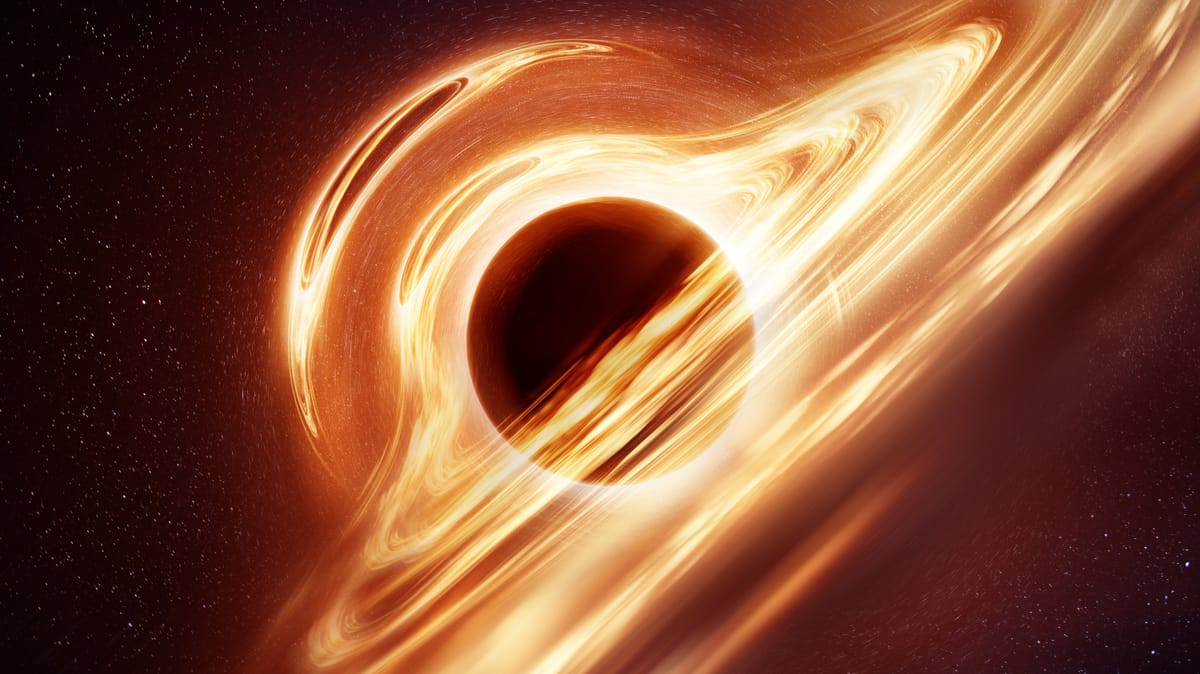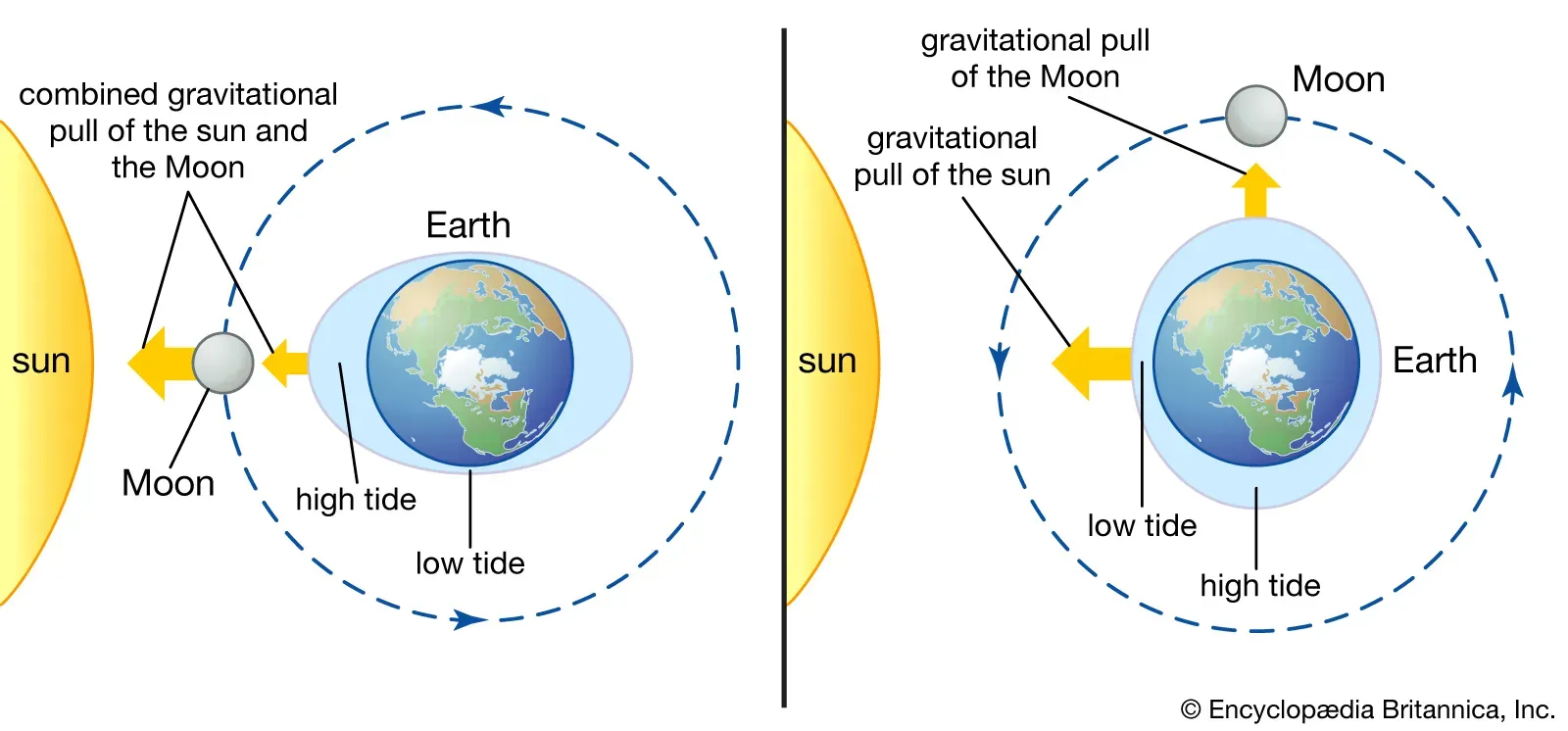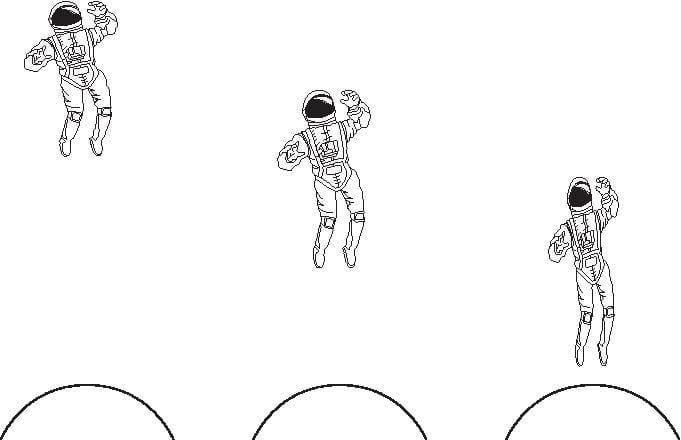Black hole explosions?

As established near the end of Shine bright like a diamond, the reason that neutron stars don't continue to collapse in on themselves is due to neutron degeneracy pressure, which is the outward pressure exerted by neutrons on the particles closing in on them. However, if the core of a neutron star is massive enough, having more than three solar masses, its force of gravity will be so strong that it will overcome neutron degeneracy pressure, and continue to collapse in on itself, getting denser and denser. The incredibly dense, heavy celestial body that results from this is known as a black hole.
Parts of a black hole
Singularity - In a black hole, the matter has been condensed so much that it creates a point of infinite density within its center, known as the singularity. Everything that enters the black hole will end up here.
Event Horizon - The event horizon is the boundary of a black hole known as "the point of no return." No matter how fast, small, or massless a particle is, it will not be able to escape the event horizon, not even light. The radius of the event horizon is directly proportional to the black holes mass, and is known as the Schwarzschild Radius.

This equation represents how the Schwarzschild Radius is found, and illustrates that as a black hole gets more massive, its radius must increase.
Photon Sphere - Although light usually travels in a near perfectly straight line, this does not happen near a black hole. The gravity created by the black hole is so strong, because of its incredibly high mass, that it bends the path of the light around it. However, since light doesn't have any mass, the gravity is not acting on the light iself. Instead, according to Einstein's Theory of General Relativity, the immense gravity warps the space surrounding the light, thus altering its path. Hypothetically, if you managed to stay alive and conscious while in the black hole's photon sphere, the light emitted by the back of your head would be brought around the black hole and back in front of you, allowing you see it! This circular path of light creates what is known as the photon sphere.
Relativistic Jets - As a black hole spins, it draws in charged particles, known as plasma, into its gravitational field. The spinning black hole coils up its magentic field along its axis of rotation, and these particles are sent out of the axises at near the speed of light. Although the process is not completely understood, like many characteristics of a black hole, it is a very strong and supported theory.
Accretion Disk - As matter gets pulled into the black hole due to its immense gravity, it accelerates quickly around the black hole. As it hits and rubs against other matter, the friction creates causes a glow, emitting light that can be seen from very far away. Incredibly bright black holes, known as quasars, earn their shine from rapidly spinning black hole with a strong magnetic field that increase the speed of the gasses in the accretion disk.

Hawking Radiation
Proposed by Stephen Hawking in 1974, this process describes the theoretical thermal radiation released by a black hole right outside of its event horizon. The most common description essentially goes as follows: In every inch of outer space, tiny virtual antimatter and matter particles borrow energy from their surroundings to form, and then immediately crash into each other, turning back into energy. However, at the edge of the event horizon, one of these particles may fall in, while the other escapes, creating what is known as Hawking radiation. The escaping particle takes some of the black hole's energy with it, since energy must be conserved. Furthermore, since E = mc2, if energy escapes the black hole, so must some of its mass. Although this radiation is incredibly small, it will eventually shrink the black hole, leading to what is known as black hole evaporation. Although popular, this description is not accurate.
According to quantum field theory, particles are created by concentrations of energy within quantum fields that are present everywhere. As this energy moves, the particle seems to move as well. Throughout this space, every point has many possibilities of things that can happen there. Particles are what occur when these possibilities get limited to only one. However, because of all of these present possibilities, there is a chance that one of the non-particle points turns into a particle. Quantum fields are made up of positive and negative wave modes, which are essentially strings like those on a guitar. Normally, they cancel each other out, creatinge empty space. Particles are created when there is a disruption in the positive mode, and anti-particles are created by that in the negative mode. Due to a black holes immense gravity, the waves are disrupted, and may not cancel each other out anymore. Consequently, the vacuums in the region by the black holes become filled with particles, some of which manage to escape the gravity of the black hole. Since particles cannot simply be created out of thin air, they must take their energy from something. Since the black hole is the only thing around, it loses some of its energy in the formation of the particle. However, a black hole is really not an object in space. Instead, it is an incredibly powerful warping of the fabric of space-time. So, instead of taking energy from the black hole like one takes cookies from the cookie jar, this energy actually stems from the curvature in space, which will decrease as it lends more energy to the creation of particles. According to Einstein's field equations, as the black hole loses curvature, it must also lose mass. Since this radiation is so small, it will negligibly shrink black holes until they have been isolated from anything that can be sucked into them and add to their mass, at which point they will begin to shrink, ever so slightly.
Falling In
Tidal forces describe the phenomenon that the gravitational force coming from a certain source will change in strength depending on the distance an object is from said source. For example, because your feet are closer to the center of the Earth than the top of your head when you stand up, the gravitational force exerted your feet will be stronger than that on the top of your head, albeit incredibly similar because the distance between the two is so insignificant compared to the radius of the Earth. One situation in which the tidal force is noticeable is in, you guessed it, the tides. The two kinds of tides on Earth are known as solar and lunar tides. Lunar tides are generated by the sun, and happen when the force of gravity from the sun pulls the nearest water towards it, creating high tides in that area. The low tides are created in the areas from which this water is drawn. Although about half as weak, due to the distance the sun is from Earth, solar tides work the same way. When the sun and moon are both on the same side of the earth, that is when tides are the highest.

In black holes, the tidal forces are so extreme that the part of your body closest to the black hole gets pulled much harder than the other parts, thinning you out and turning you into something resembling a strand of spaghetti.





